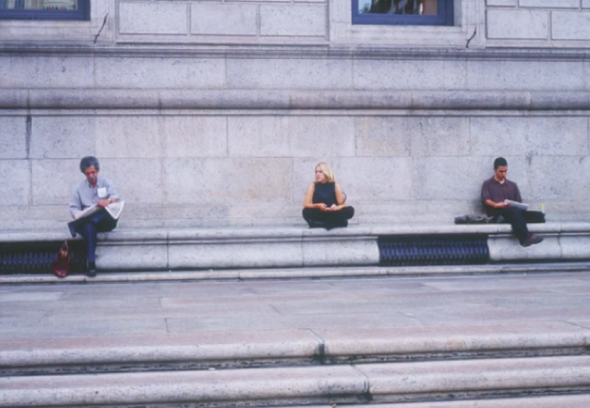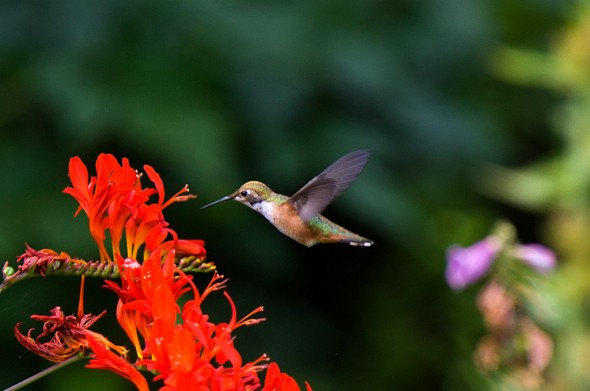WHY UX IN THE WILD?
UX is architectural. It extends beyond the boundaries of a monitor into the environment. It is design for the human in their space, from smart homes to smart phones, from road signs to buying a car.
Karen Holtzblatt, the CEO of InContext Design writes in her blog posting on CHI 2012, “I believe that the next real transformation will be in our relationship to the spaces in our world.”
Years ago, I was the PR director for the Seattle AIGA conference. One of my tasks was to pick up Jane Fulton Suri, IDEO Creative Director, at the airport. The entire trip she noted the user experiences from the signage in the tram to the terminal to the user flow in the baggage area. The world was her lab, her classroom. She looks to nature to teach her about design.
In a TED talk titled “What Nature Can Teach us About Design,” Jane encouraged us to, ”Get out into the world. Get curious and look at human patterns – because these can inspire us to design solutions that are more intuitive, useful and meaningful.”
Context changes everything. The same action takes on different meanings with context. An old woman giving a young girl a juicy red apple is a nice gesture. But it’s a different story when you know the apple is poisoned (Snow White). And designing for mobile is all about context. The video tutorial may be hugely successful when conditions are ideal, but when the user forgets her earbuds, the design goes pear-faced. Mobile terrain is vast and uncharted as your perfect persona goes off the page and navigates crowded busses, loud coffee shops, quiet libraries and meetings. The context cannot be predicted, and that makes watching people interact with their devices in the wild an opportunity to gather the real requirements to take back to the drawing board and the lab.
Context is why traditional usability labs fall short in testing mobile scenarios and tasks. Labs are set up with static screens but the mobile experience is on demand and on-the-fly. To design for mobile, understand what your user is doing and where.
That’s why this section of my site, UX in the Wild, has an ethnographic focus. Out in the field is where the action is. People make up their own scenarios to accomplish a task, like balancing their device on a kitchen counter to read a recipe. In the wild is where you observe how people interact with design in real scenarios. And it keeps me aware that UX is alive and everywhere.
“Nature can provide us with new models and metaphors for approaching our design challenges.” – Jane Fulton Suri, Creative Director, IDEO
Hummingbird photo by Greg Harris. Greg is noted in the Oct. 2012 issue of PDN, “New Media, New Platforms” for his design on National Geographic photographer Michael (Nick) Nichols photography app, created by Daily Interactive.

